





 |
 |
 |
 |
 |
 |
| Jean-Marc MICHEL | profile | all galleries >> Vietnam >> Cu Chi | tree view | thumbnails | slideshow |
| previous page | pages 1 2 3 4 ALL | next page |
 DSC_0312.JPG |
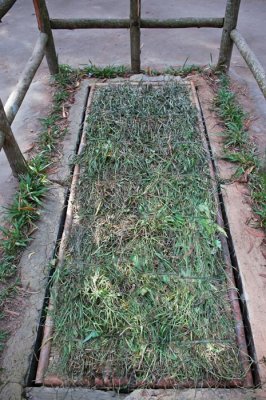 DSC_0315.JPG |
 DSC_0316.JPG |
 DSC_0318.JPG |
 DSC_0319.JPG |
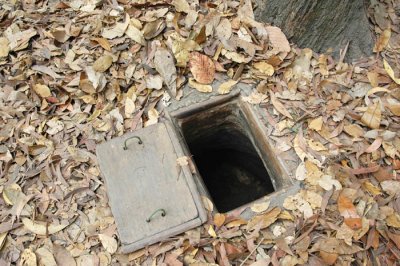 DSC_0320.JPG |
 DSC_0322.JPG |
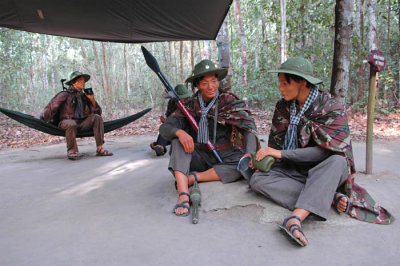 DSC_0326.JPG |
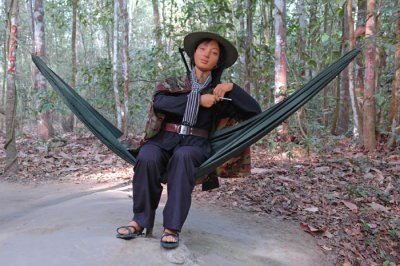 DSC_0330.JPG |
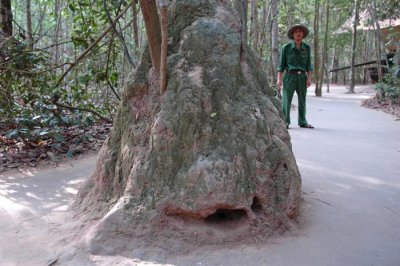 DSC_0331.JPG |
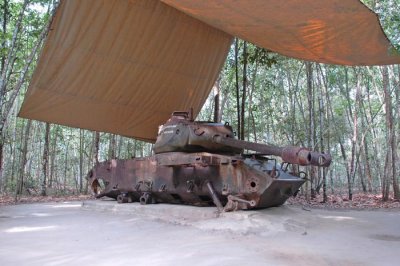 DSC_0335.JPG |
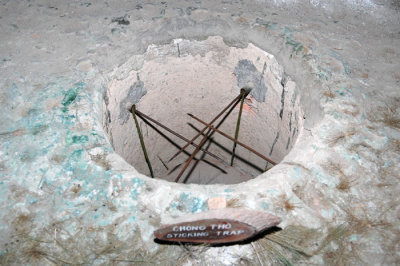 DSC_0337.JPG |
| previous page | pages 1 2 3 4 ALL | next page |
| comment | share |
| H. P. Henriksen Starman | 29-Apr-2009 20:07 | |
| Ali Majdfar | 28-Apr-2009 05:10 | |
| geonni banner | 24-Apr-2009 16:20 | |